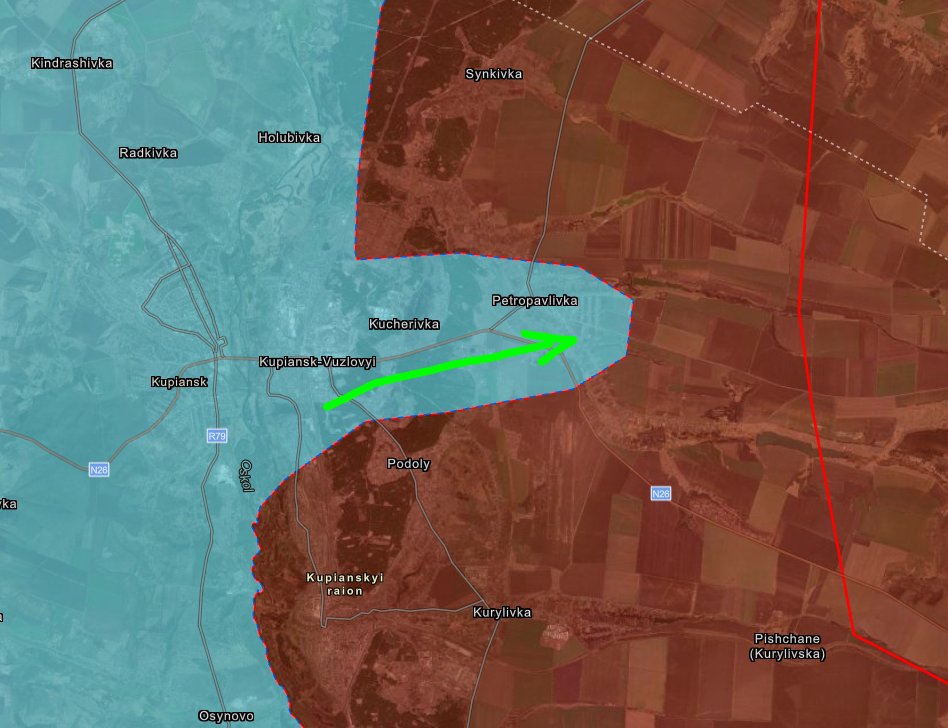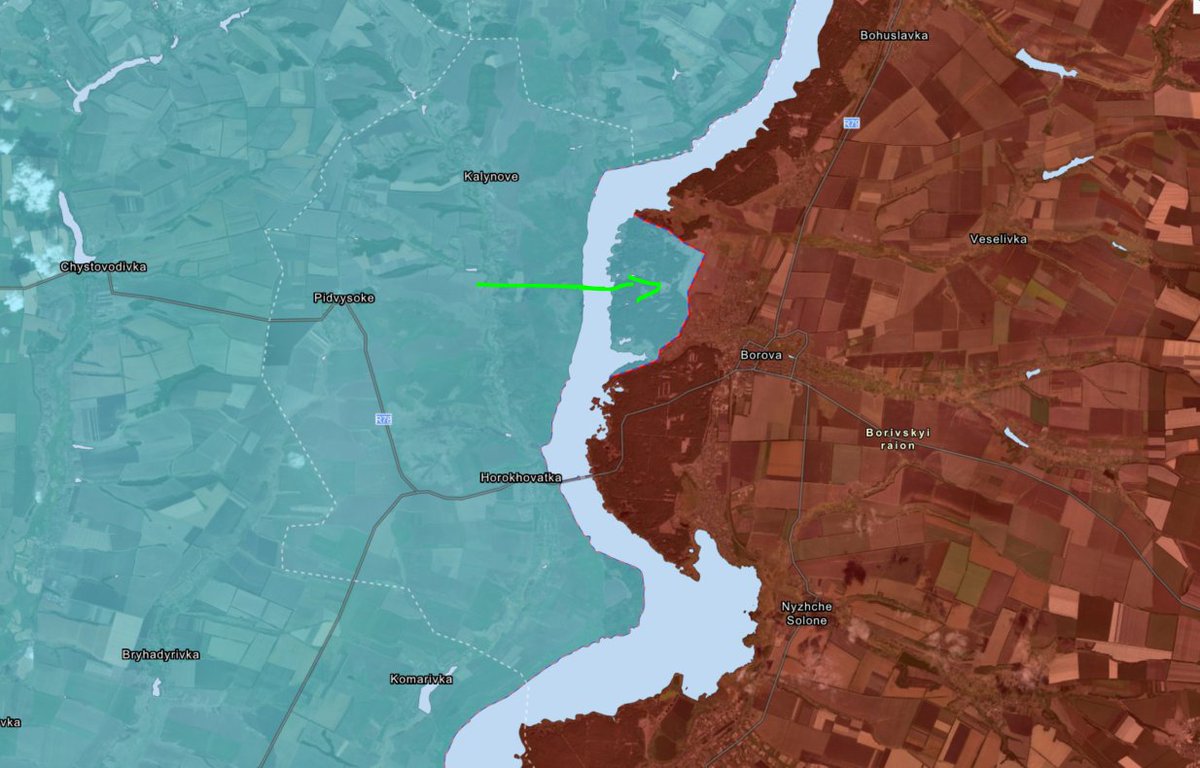
The theme of Belarusian military threats to Ukraine is making its way into the discourse again.
Our @TheStudyofWar report from yesterday assesses Belarusian forces likely won't conduct a ground attack against Ukraine, nor will Russian forces likely attack from Belarus.
Thread.
Our @TheStudyofWar report from yesterday assesses Belarusian forces likely won't conduct a ground attack against Ukraine, nor will Russian forces likely attack from Belarus.
Thread.
Russian and Belarusian forces remain unlikely to attack Ukraine from the north despite Belarusian President Alexander Lukashenko's October 10 announcement that Belarus and Russia agreed to deploy the Union State’s Regional Grouping of Forces (RGV) —a strategic formation...
of Russian and Belarusian units tasked with defending the Union State. Lukashenko stated that he and Russian President Vladimir Putin agreed on October 7 on an unspecified “deployment” of the Russian-Belarusian RGV in “connection with the escalation on the western borders...
of the Union State” but did not clearly define the deployment’s parameters. Lukashenko stated that over a thousand Russian personnel will deploy to Belarus and that a Russian-Belarusian group began forming on October 8.
The Russian component of any RGV formations in Belarus will likely be comprised of low-readiness mobilized men or conscripts who likely will not pose a significant conventional military threat to Ukraine.
The Russian component of the RGV is comprised of elements of the 1st Guard Tank Army, 20th Combined Arms Army, and airborne units– formations that have all sustained heavy combat losses in Ukraine and have a severely reduced combat capacity.
A Kyiv Post reporter claimed that Russian soldiers are deploying to Belarus en masse via cattle railcars without mechanized equipment on October 10—a characterization consistent with ISW's assessment.
https://twitter.com/officejjsmart/status/1579504475202781184
ISW has previously assessed that Ukrainian reports from late September of Belarus preparing to accept 20,000 mobilized Russian men indicate that Russia hopes to use Belarusian military facilities and infrastructure to hold and potentially train newly mobilized Russian forces...
but that it remains exceedingly unlikely that these are leading indicators of imminent Belarusian involvement in Ukraine on Russia’s behalf. understandingwar.org/backgrounder/r…
The Kremlin may seek to use additional Russian forces in Belarus to fix Ukrainian forces near Kyiv and prevent their redeployment elsewhere to participate in counter-offensives.
We've also previously assessed that Lukashenko cannot afford the domestic ramifications of Belarusian involvement in Ukraine.
We also assess that Russia does not have the ability to form a ground strike force from scratch or from existing units in Belarus quickly.
The Ukrainian General staff is remaining clear-eyed about this and reported that it has not observed indicators of 🇷🇺 forces forming offensive groups in Belarus and explicitly stated “there is no threat of an attack from the territory of the Republic of Belarus as of October 10.”
/End
• • •
Missing some Tweet in this thread? You can try to
force a refresh













